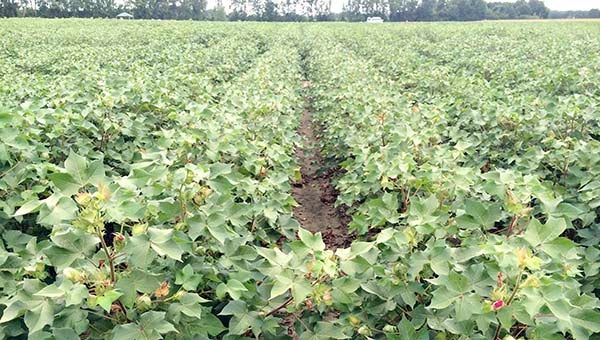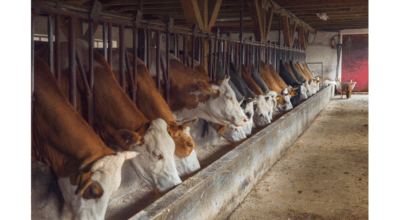Farmers, researchers study test crops at TAREC
Published 4:10 pm Tuesday, August 18, 2015

Cotton is one of the crops tested at Tidewater Agricultural Research and Extension Center. Researchers look at how different varieties thrive or don’t, depending on several factors, such as genetics, environment or fertilizers. — Stephen H. Cowles | Tidewater News
SUFFOLK
Meeting recently at the Tidewater Agricultural Research and Extension Center, farmers and agronomists in Western Tidewater and even North Carolina recently came to learn of progress and forecasts for field crops this season.
Part of the work at TAREC, which is under the umbrella of Virginia Tech, is to serve as a laboratory for raising corn, cotton, peanuts, etc., and finding what factors can produce the best yields for growers. These can include fertilizers and planting techniques. Then there’s also the matter of how crops are hampered by disease and insects, and what can be done to prevent or counteract their destructiveness.

Left: Dr. Guy Collins of the North Carolina State University’s Extension Cotton team was a guest speaker at the recent field crop tour at the Tidewater Agricultural Research and Extension Center. He spoke about the test program on cotton, which is similiar to the one done locally. Top right: Dr. Dominic Reisig, a fellow entomologist at the NCSU Extension, told the field tour guests that there’s no shortcuts to managing plant bugs in crops such as corn or cotton. Bottom right: Robbie Longest, left, a graduate student of Dr. Hunter Frame, points out charted results of tillage and varietal effects on lint yield.
Dr. Guy Collins of the North Carolina State University’s Extension Cotton team was among the guest speakers. He noted that across the border his co-workers are doing a program similar to the one in Virginia, and referred to TAREC’s Dr. Hunter Frame.
Two other ingredients for crop growth that are common everywhere are genetics and environment.
Collins pointed out that all the major seed companies are represented in the test fields. Visitors could see that every few rows had signs indicating which variety was growing in that section.
“It’s good to have competition,” he said, and added, “No matter the genetics, environment really, really drives the need for plant growth regulators.”
Dr. Ames Herbert, entomologist at TAREC, spoke on insect pest management, and noted there are “resistance issues.” What’s changed? He admitted that’s unknown as yet, but the next day, Herbert posted online that bollworm treatments could be needed in Virginia cotton. The full article is in the sidebar below.
Dr. Dominic Reisig, a fellow entomologist at the NCSU Extension, added, “There are no shortcuts to managing plant bugs.” Further, “Over-spraying is a guaranteed way to create resistance.”
He demonstrated the use of netting and black-colored drop cloths for contrast to first find evidence of plant bugs before spraying.





